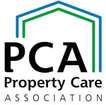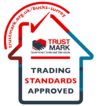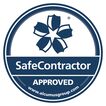FAQ’s – Dry Rot
What is the difference between wet rot & dry rot?
Wet rot and Dry rot have very little in common, only that both are classed as brown rot fungus.
Wet rot (Coniophora puteana) is localised to certain areas of a property where there is or has been considerable damp or water ingress and insufficient ventilation. Many older properties were built with wood floors, which were often built into damp walls that are below, or too close to the external ground level. In time the damp progressively rots the the timber. The extent of the wet rot will depend on several factors, including the amount of damp there is, the humidity under the floors and the amount of of sub-floor ventilation there is. Unlike dry rot, wet rot requires very little, if any, preservative treatment. The weakened timbers can simply be removed and replaced with new pre-treated timber, protecting from damp masonry with a damp proof membrane in accordance with good building practice. Sub-floor ventilation should be increased as required and providing everything is done as it should be, the problem will be solved.
Dry rot (Serpula lacrymans) is a very different and much more serious problem altogether. It is probably the most insidious problem your property can have, with the exception of subsidence and needs to be eradicated professionally, without delay. Because the mycelium (fungal strands) can spread rapidly, including through masonry, in search of its food source, timber, it can cause considerable destruction to timber it finds, on its way and even spread through the wall into your neighbours property. Complete and immediate eradication by a specialist is very important and will include finding the exact cause of the moisture and repairing it, removing all affected structural and joinery timbers, removing wall plaster, thoroughly sterilising the masonry, preservation treatment of remaining sound timbers, structural and joinery timber replacement, using new pre-treated timber and specialist re-plastering. Compromise for treating dry rot should not be considered.
Both wet rot and dry rot restoration are covered by our 20-year guarantee, which can be insured by GPI (Guarantee Protection Insurance). We are proud to be an ISO 9001:2015 quality management certified company, a 5-star Which? Trusted Trader and a long term member of the PCA (Property Care Association). Always do it once, do it right.
What are the first signs of dry rot?
Dry rot is the most serious fungal attack and timber destroyer your property can have. Unfortunately you may not know there is a problem until considerable damage has been done, but there are signs to alert you. Maybe you are continuously wiping away a red, rust like dust from the surfaces of your furniture and wondering where it is coming from? These are the spores from a fruiting body, which it spreads around your property. You may have noticed the smell of mushrooms, especially when you first walk in the room. Are your skirting boards, door linings or window frames cracking (shrinking)? Are your floors feeling springy? If you have noticed any of these things, they are all signs that things are not what they are meant to be and there could by an attack of dry rot secretly, but rapidly, spreading through your property. Dry rot requires moisture to germinate and develop and it needs this to thrive, so is you know where the moisture is coming from, it should be rectified without delay.
Dry rot eradication is complex and should only ever be carried out by a reputable specialist so call us immediately to arrange a thorough investigation. We are proud to be a long term member of the PCA (Property Care Association), an ISO 9001:2015 quality management certified company, a 5-Star Which? Trusted Trader and a company you can trust.
What is Dry Rot?
True Dry Rot (Serpula lacrymans) is ‘the’ major building decay fungus and one of the most insidious and destructive problems a property can have. It often causes very extensive and costly damage as it spreads from area to area looking for its food source, timber.
When it finds the timber, the mycelium destroys it, as it spreads rapidly, even into adjoining properties. Unfortunately, much of this may have already happened, before you realise you have a problem and by then, considerable damage has been caused.
What are the signs of Dry Rot?
You may have noticed a smell of mushrooms when you first walk into the room, you are constantly wiping a red, rust coloured dust from your furniture, your timber floor feels ‘springy’ when you walk on it, or joinery is showing signs of cracking.
If you have noticed any of these, it is possible you have Dry Rot and the sooner you eradicate it, the less damage will be caused and the less it will cost.
Tapco HomeDry damp and timber surveyors are fully qualified to the high standards of the Property Care Association (PCA) and have many years of remedial treatment experience, with both domestic and commercial properties.
This ensures they assess and correctly diagnose the extent and cause of the attack, prior to submitting specific recommendations for long-term, guaranteed protection of your property.
What causes Dry Rot?
The name Dry Rot is rather inappropriate since it requires water for germination, growth and survival. Indeed, water or dampness is the fundamental need of all wood destroying fungus and without either the fungus ceases to grow and dies.
When water penetrates wood, it allows bacteria and micro fungi to colonise. These break down part of the cell structure and the wood becomes porous which allows it to become even wetter. When the wood is sufficiently wet and other conditions are suitable, dry rot can colonise.
A minute spore, lands on damp timber and germinates before the first growth emerges. The fine filaments of fungal growth, hyphae, soon develops into a larger mass of mycelium which grows over and into the wood and through masonry.
It is very important that the source of the moisture is located, immediately repaired and the area is kept ventilated until the restoration treatment commences.
How do you eradicate Dry Rot?
Dry Rot remedial work carried out by Tapco HomeDry is very thorough, but by its nature, disruptive. First we find the cause of the moisture and immediately rectify it. Wall plaster is then progressively removed to trace the strands (Hypha) and locate any concealed timbers.
All structurally weakened timbers are removed and carefully disposed of. Once the full extent of the attack has been exposed, the walls and other masonry are prepared and thoroughly sterilized, using a fungicidal masonry solution.
The remaining localised timbers are treated with a high-performance fungicidal preservative and new timbers are installed, using pre-treated timber. The walls are then re-plastered in accordance with our own specification and affected joinery is replaced to match existing as closely as possible. All associated building works and decorative finishes are carried out by us in accordance with good building practice.
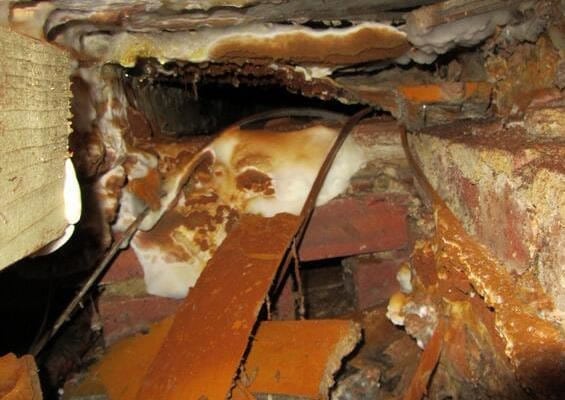
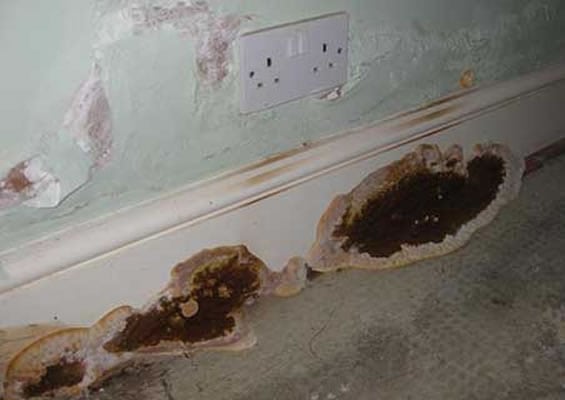


 Damp Proofing
Damp Proofing Basement Damp Proofing
Basement Damp Proofing Water Damage
Water Damage Condensation Control
Condensation Control Dry Rot Treatment
Dry Rot Treatment WOODWORM & WET ROT
WOODWORM & WET ROT CAVITY Wall Ties
CAVITY Wall Ties Property Maintenance
Property Maintenance Waterproofing And Tanking
Waterproofing And Tanking Structural Repairs
Structural Repairs